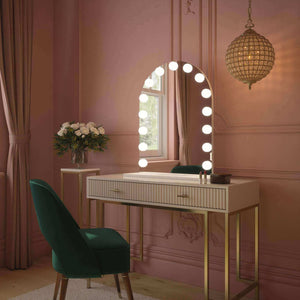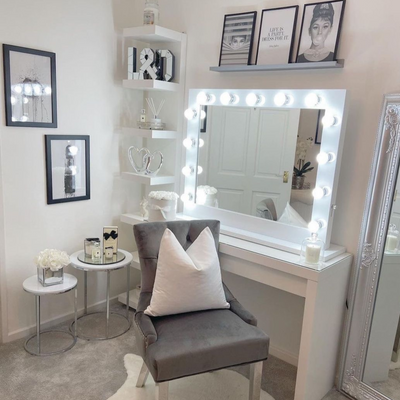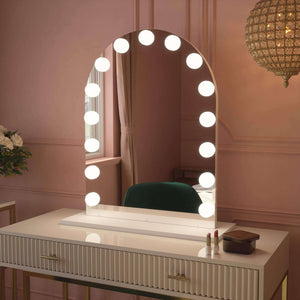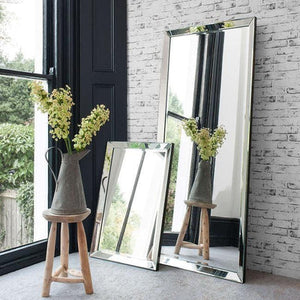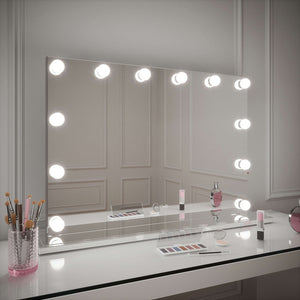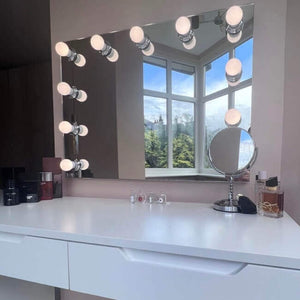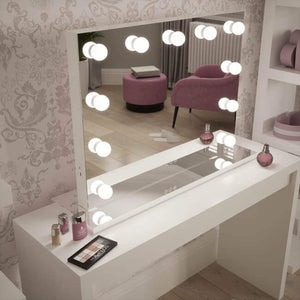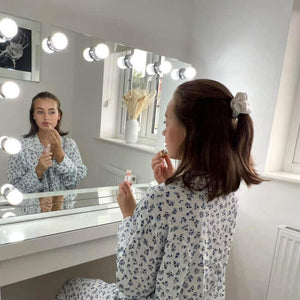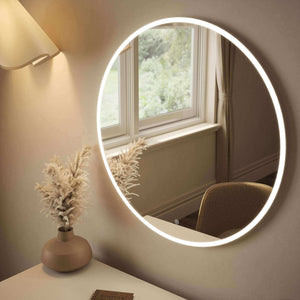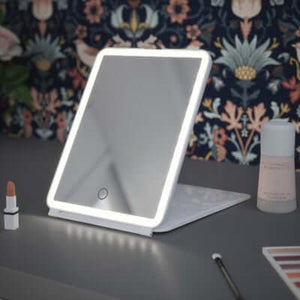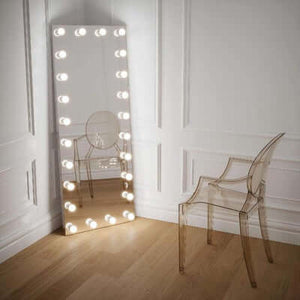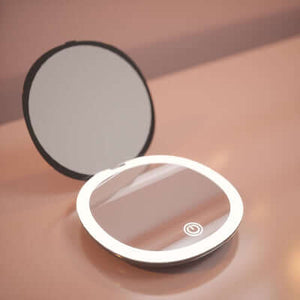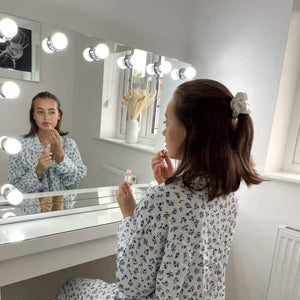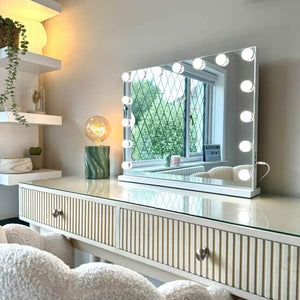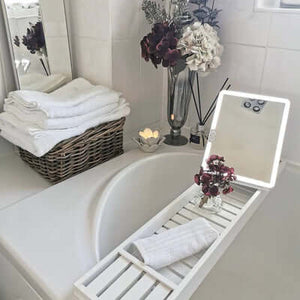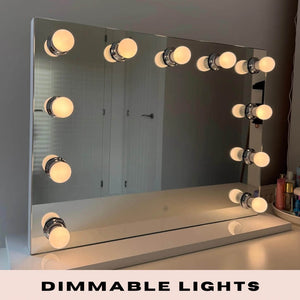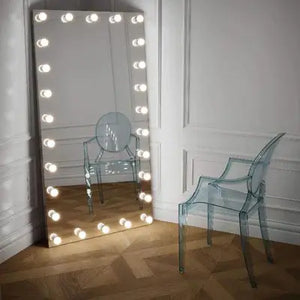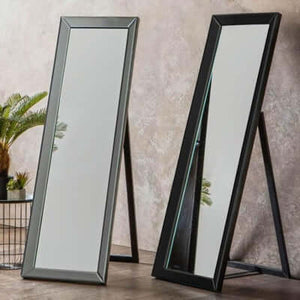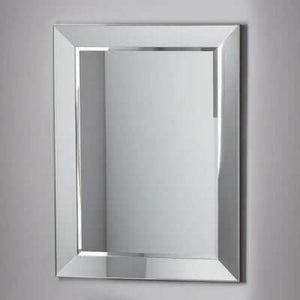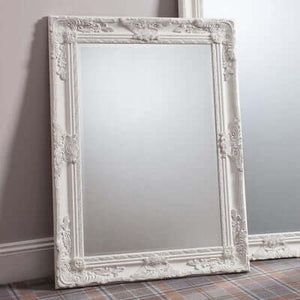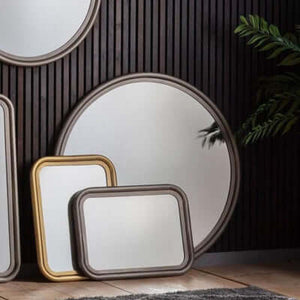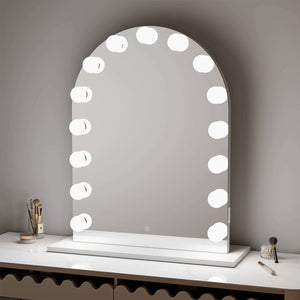Electronic devices give off blue light, which tells the brain to stay awake when you want to sleep. This can mess up your body's normal circadian rhythm.
The study says that LED light may have a "phototoxic" effect that could lead to the loss of retinal cells that can't be replaced. This could make it harder to see clearly. When retinal tissue is exposed to LED lights for a long time, it may age faster.
This can lead to worse vision and a higher chance of eye diseases like age-related macular degeneration (AMD). Aside from possibly hurting the retina, the ANSES report says that LED lights can also cause headaches, tired eyes, and a higher chance of accidents.
Ways to Help LED Lighting to Protect Your Eyes
To safeguard your eyes from the potential adverse effects of LED light exposure, there are several strategies you can employ to minimise the risk.
These measures will help ensure that the LED lighting in your devices doesn't pose a significant threat to your eye health. Here are some of the approaches you can consider:
Limit Screen Time
It's advisable to reduce the time spent in front of LED screens, such as smartphones, computers, and TV screens.
Make a conscious effort to take regular breaks to relieve eye strain and avoid extended screen usage, particularly in the hours leading up to bedtime, ideally at least 2-3 hours before sleep.
Opt for 'Warm White' LED Light
The ANSES report suggests choosing LED lights with a 'warm white' spectrum rather than 'cool white' ones. Warm white LEDs emit lower levels of blue light, which, in turn, reduces the potential risk to your eye health.
Are LED Lights Gentler on Your Eyes than Fluorescent Lights?
Fluorescent light bulbs tend to emit UV radiation, which can be more harmful to your eyes compared to the blue light produced by LED light bulbs.
LED lights do not generate any UV rays, and they come in a variety of color temperatures, including warm light (as mentioned previously).
CFL bulbs emit fewer UV rays compared to incandescent and fluorescent bulbs. Although CFL bulbs contain a small amount of mercury, it is significantly less than in fluorescent bulbs.
LED lights are generally less detrimental to your overall eye health, provided you opt for warmer colour temperatures over cooler ones, as they emit considerably less blue light and no UV rays
If you're contemplating decorating your home with LED lights, rest assured that the risk of causing severe eye damage is low. By taking necessary precautions, such as reducing screen time and selecting 'warm white' LED lights, the likelihood of eye damage from short-term LED exposure is minimal.
Ways You Protect the Eyes from LED Lights
Eye health is an important part of general health, and in this digital age where LED lights and different screens are everywhere, it's even more important to protect our eyes. LED lights aren't inherently bad, but the blue light they give off might be.
This light could cause eye strain, headaches, and other vision problems. We can take the following four steps to protect our eyes from these problems and make sure they stay healthy in the long term:
Taking Breaks from Your Screen Often
Blue light from screens like phones, tablets, and computers can also strain our eyes, not just LED lights. The American Optometric Association suggests the 20-20-20 rule as an easy but useful way to help people see better.
Every 20 minutes, look at something 20 feet away for 20 seconds and then back to the screen for 20 seconds. This helps our eye muscles relax, which lowers eye strain and improves viewing comfort.
Changing the Brightness of the Screen
One effective way to reduce the blue light that LED lights and other digital devices give off is to lower the brightness of the screens or use light filters. Lowering the brightness lowers the amount of blue light and the chance of glare, making it easier for the eyes to use computers.
Picking the Right LED Lights
Not all LED lights are the same. For rooms like bedrooms, you should choose LED lights with warmer colour temperatures, usually between 2700K and 3000K. For living rooms, halls, and bathrooms, you should choose lights with warmer colour temperatures, usually between 3000K and 4000K. These higher colour temperatures give off less blue light, making your eyes less likely to strain or hurt.
In this era where LEDs are widely used in lighting and decoration, the balance between eye protection and aesthetics remains a core requirement, andCustom Neon Signs perfectly address both of these needs.
Custom neon signs not only meet the decorative needs of homes and commercial spaces through personalized design, but also effectively reduce eye fatigue and the risk of headaches.
Keeping a Safe Distance
When using LED work lamps or other LED lighting, ensure they are set up at an angle that keeps the light from shining into your eyes. Also, keep your distance from computer screens and other digital devices at least 20 inches. This spacing makes it less likely that your eyes will strain and lessens the effect that blue light has on them.
The lighting in your area is also something you should think about in addition to these preventative steps. Fluorescent, too-bright and harsh lighting can cause eye strain, headaches, and other vision problems. Choosing softer and more natural lighting can help these symptoms a lot and improve your general eye health.
Bottom Line
It's not that LED lights are dangerous in and of themselves, but long-term exposure to their blue light could cause eye strain and discomfort.
Taking breaks from the computer, changing the brightness settings, and choosing LED lights with warmer colour temperatures are simple steps to lower these risks.
If you use LED technology properly and make smart decisions, the benefits will far beat any possible eye health risks. Protecting our valuable vision comes down to finding a good balance in a world that is becoming increasingly digital.
Liquid error (sections/article-template line 192): Invalid form type "91\n", must be one of ["product", "storefront_password", "contact", "customer_login", "create_customer", "recover_customer_password", "reset_customer_password", "guest_login", "currency", "activate_customer_password", "customer_address", "new_comment", "customer", "localization", "cart"]
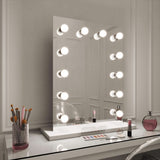 Alicia Hollywood Mirror 60cmx80cm
Alicia Hollywood Mirror 60cmx80cm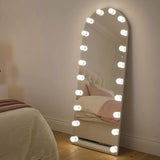 Angelina Full Length Arch Hollywood Mirror 160 x 60cm
Angelina Full Length Arch Hollywood Mirror 160 x 60cm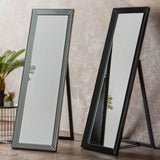 Angled Luna Mirror-Cheval Black
Angled Luna Mirror-Cheval Black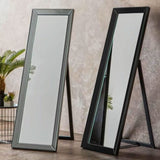 Angled Luna Mirror-Cheval Gray
Angled Luna Mirror-Cheval Gray
